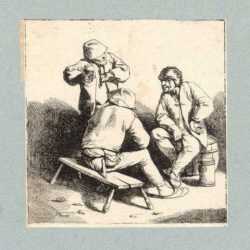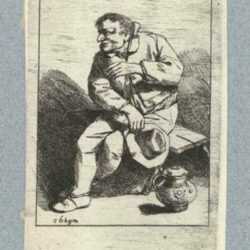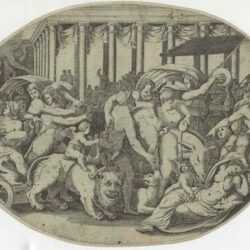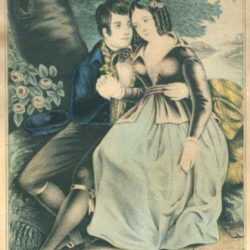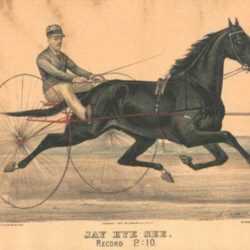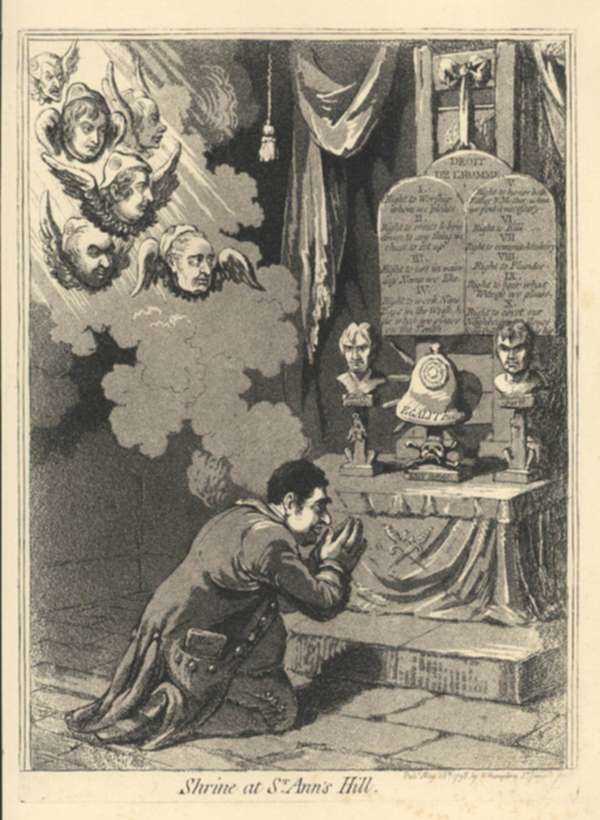Filter by Type
Filter by Category
Filter by Size
Filter by Year
Artists
Works by Donald Shaw MacLaughlan
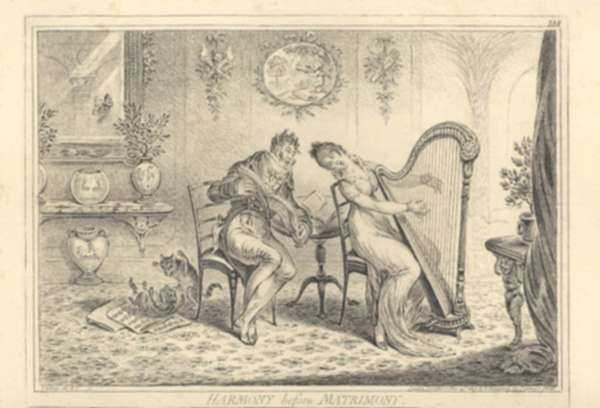
James Gillray
British(1757-1815)
The work of James Gillray exemplifies the golden age of English political caricature, spanning from the start of the American Revolution through the four decades that followed. The popularity of Gillray’s work spread beyond England to France, the United States, and Ireland. In 1806, one German journalist even called him “the foremost living artist in the whole of Europe” (Hill, Fashionable Contrasts).
Gillray was born in the London neighborhood of Chelsea on August 13th, 1756 to James and Jane Gillray. He was their only surviving child of five. The Gillrays were strict members of the Moravian Brotherhood, an extreme Protestant group that glorified death and the afterlife. Death during childhood was considered good fortune and sickly children were often deprived of medical care. At age five young Gillray was sent away to the Moravian Academy for boys in Bedford, although he remained there just three years. The school, troubled financially, was forced to close in 1764. Gillray's formal education seems to have ended at that time, before the end of his eighth year. He became the apprentice to a successful writing engraver, but found the work tedious. He left the shop and for the extent of his developing years, Gillray lived the Bohemian lifestyle, traveling with a group of strolling players. By 1775, he had returned to London where he slowly began producing satirical prints. Fellow caricaturist and friend George Cruikshank described Gillray as a "furious etcher" (Hill, Fashionable Contrasts), often working until his fingers bled. However, Gillray was an unassuming and self-concealed man, occasionally suffering from bouts of manic-depression.
Gillray was accepted to the Royal Academy in 1778 and by the 1780s he was consistently producing and including his signature in engravings for novels and political portraits. He became a frequent visitor to the House of Commons, where he studied the facial expressions and idiosyncrasies of the politicians. He focused on features and deformities and used them to reveal the personality at hand. Gillray also began to use the affairs and activities of the Royal family for subject matter. Prime Minister William Pitt and the philandering Prince of Wales are just two of the many victims of his satire. His caricatures of John Bull, a symbol of the Englishman, and the buxom Lady Britannia, representing Britain herself, can be seen over and over in Gillray's publications. Although the caricaturist was capable of such irony and mockery, his own political views were somewhat ambiguous, perhaps a result of his own introversion. As modern cartoonist Draper Hill explains, Gillray developed the ability to "strike simultaneously in two (or more) directions and to mask his own opinions beneath layers of irony and cynicism" (Hill, Fashionable Contrasts). As well, the subjects and ideologies that he used were often chosen for financial reasons: the cynicism and satire had to sell.
In 1791, Gillray secured a partnership with a London publisher, Mrs. Hannah Humphrey, and soon after joined residence with Mrs. Humphrey above her print shop. The 1790s mark the most active and successful of Gillray's career. Whereas he previously included his signature with the inscription "d: et f" denoting that he was given outside contribution to his ideas, at this time he signed the majority of his publications with a signature of full authorship (Js. Gy. inv: et fect). Many of Gillray's most popular and ingenious of satires were created at this time, including "The Weird Sisters" and "The Lover's Dream."
As the 19th century opened, Gillray's eyesight began to fail him. After years of working in such tiny detail, he found his new etchings to be less then satisfactory. His production fell, as did his spirits, and what had been a history of heavy drinking became complete intemperance. In 1807, he produced just one plate and once again denied full authorship for his work. His depression took control and, despite a visit to a psychiatric hospital in 1807, he slipped into a state of insanity that persisted until the end of his life. In July 1811 Gillray attempted unsuccessfully to throw himself out the attic window of Mrs. Humphrey's print shop. He died just four years later, on June 1st 1815. George Cruikshank attended the burial and, in the time that followed, completed a handful of Gillray's unfinished plates.
Compiled by Hannah Blunt
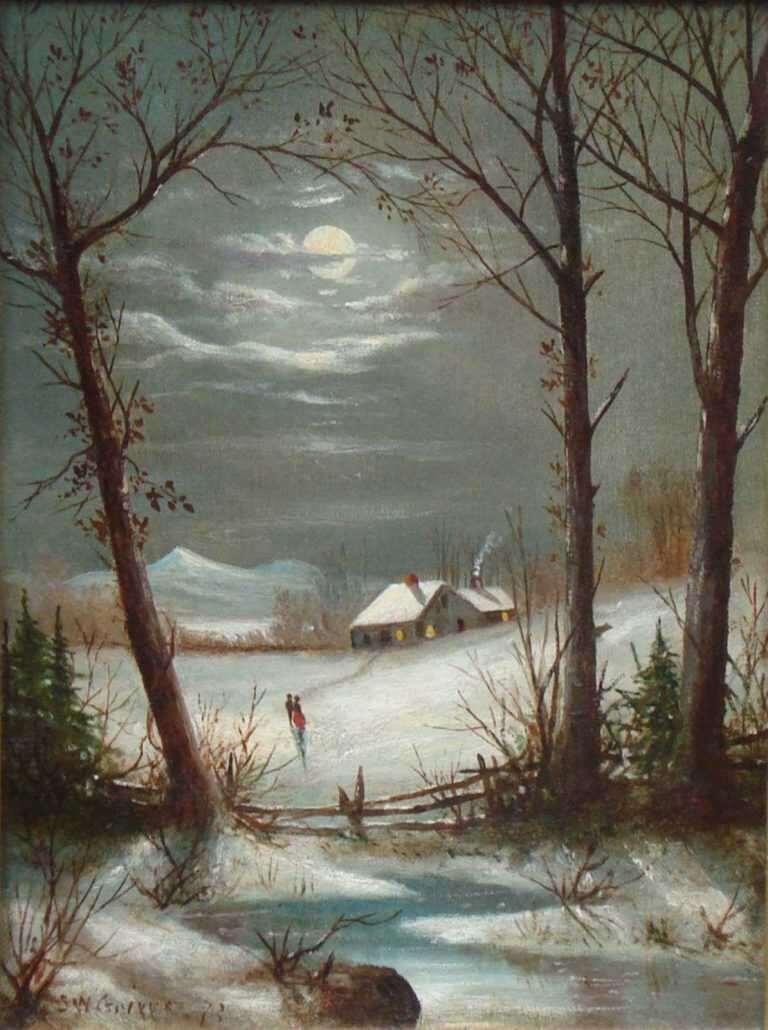
Samuel W. Griggs
American (1827-1898)
Samuel W. Griggs, American (1827-1898)
Griggs was listed as an architect in the Boston City directory from 1848 to 1852 and as an artist from 1854 until his death. At the time of his death he was living at 63 Studio Building in Boston. The competency of his work strongly suggests that he had professional training, and it is believed that he studied under Bierstadt before Bierstadt was well know. Griggs's earliest datable painting of a White Mountain scene is 1858. That year he exhibited three paintings, one of which was a White Mountain view (View on the Pemigewasset River), in an exhibition coordinated by Albert Bierstadt and held in New Bedford, Massachusetts. Griggs painted in the White Mountains as early as 1858 and over the next two decades he painted views of the Pemigewasset and Swift Rivers, Artist’s and Willey Brooks; as well as Mounts Jefferson, Washington, Kearsarge, Lafayette, Moat; Lake Winnipesaukee, Silver Lake, and Squam; and the New Hampshire towns of North Conway, Sandwich, West Campton, Lancaster, Jefferson, and Thornton.
He also exhibited at the Boston Athenaeum from 1855 to 1863 as well as regularly at the Boston Art Club from 1873-1898. Works by Griggs may be found in the Adirondack Museum, Blue Mountain Lake, New York; the McMullen Museum of Art, Boston College; Fruitlands Museum, Harvard, Massachusetts; Vassar College Art Museum, Poughkeepsie, New York, and the Butler Art Institute, Youngstown, Ohio.
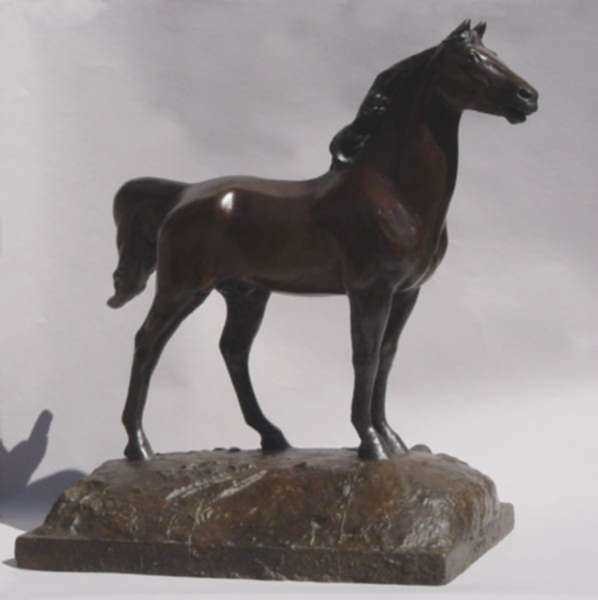
Theo Ruggles Kitson
American (1871-1932)
Theo Alice Ruggles Kitson, American ((1871-1932)
Theo Kitson specialized in robust war memorials. Regiments of her bronze soldiers, muskets at the ready, and equestrian monuments appear in over fifty public sculptures erected in various parts of the country. The Vicksburg Civil War Memorial alone has nearly 70 separate portraits in bronze by Kitson.
Born in Brookline, Massachusetts, Ruggles studied in Paris with the painter Pascal, the sculptor Dagnan-Bouveret, and in New York with Henry Hudson Kitson, whom she married in 1893. By age nineteen, she had already won honorable mentions at the Paris Exhibition of 1889, and the Paris Salon of 1890.
The Kitsons moved to Framingham, Massachusetts, and later Sherborn, Massachusetts maintaining studios in Boston. Among her works are The Volunteer, a Civil War monument of 1902; a statue of Tadeusz Kosciusco, the Polish patriot and American Revolutionary soldier, in Boston Public Garden; equestrian Victory at Hingham, Massachusetts; and The Hiker (erected n 1965), in honor of Spanish-American War Veterans near the gates to the Arlington National Cemetery. She also made scores of busts for the battlefield at Vicksburg.
Lorado Taft praised her Volunteer, applauding the power and strength of the work, but then added (in a remark that reveals more about him than about her), "One is almost compelled to qualify the somewhat sweeping assertion that no woman has, as yet, modeled the male figure to look like a man."
Kitsons bronzes are known to be self-confident, filled with patriotic idealism in the realistic style of her time.
(Information for the biography above is based on writings from the book, "American Women Artists", by Charlotte Streifer Rubenstein.)
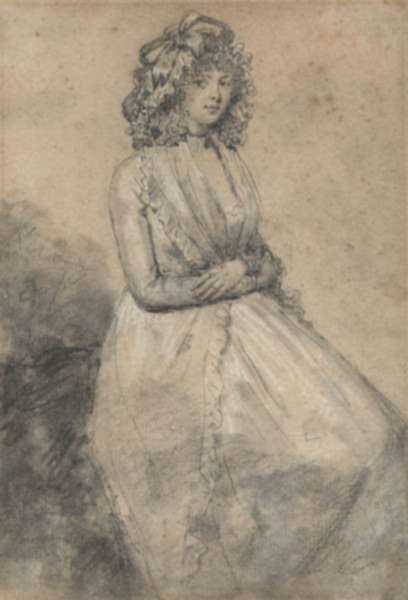
John Raphael Smith
British (1751-1812)
John Raphael Smith was a prolific printmaker, producing nearly 400 mezzotint and stipple engravings over the course of his artistic career. His work offered insightful and often satirical commentary, specifically on female morality and social conventions. Smith’s success as both an artist and print dealer was due to his remarkable ability to respond to both the London and international art markets. In addition to creating and selling prints, Smith was also a publisher, draftsman, painter, and teacher.
Born in Derby, England, in 1751, John Raphael Smith was the son of artist Thomas Smith. Although he lacked any formal artistic education, John Raphael was exposed to both the work of his father and the family’s rich collection of art. However, the art that John Raphael would come to produce was markedly different from the work of his father, who was a part of the sublime and picturesque movement. John Raphael worked in mezzotint or stipple instead of line engraving and favored the human figure over landscape compositions. In 1769, Smith opened a linen shop in London and that same year he produced his first mezzotint engraving. The print world in London was beginning to flourish at this time; prints were becoming increasingly popular and the establishment of exhibiting societies allowed artists to develop public followings.
From this point until 1792, the compositions of John Raphael Smith focused on female portraits. He often depicted disreputable women, often prostitutes, to comment of female morality and cultural expectations. His subjects always retained a strong sense of individuality and revealed the hypocrisy of social norms. By 1791 the changing political and economic climates produced changes in the art market with an overall decline in the exportation of prints and an increased interest in art with political or historical content. John Raphael Smith responded by creating images of slavery after the work of George Morland.
Throughout his career, John Raphael Smith took on many apprentices and pupils. His popularity is evinced by his appointment as Mezzotint Engraver to the Prince of Wales. His immense success was due to both timing and an ability to respond to the art market. He remains, today, an important figure in the world of printmaking.
Source: “Copper into Gold” by Ellen G. D’Oench

![Print by Donald Shaw MacLaughlan: Road Song No. 2 [Tuscany, Italy], represented by Childs Gallery](https://childsgallery.com/wp-content/uploads/donald_shaw_maclaughlan_road_song_no._2__tuscany__ital_p2251-2_childs_gallery-250x250.jpg)
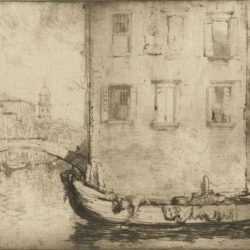
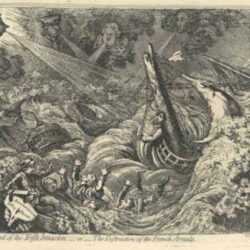
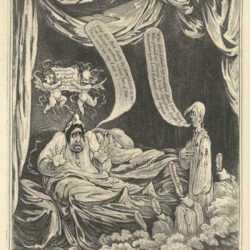
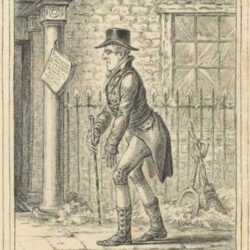
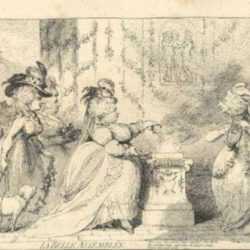
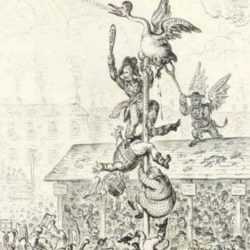
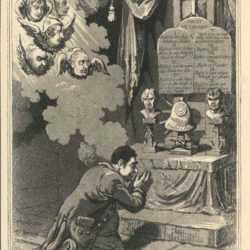
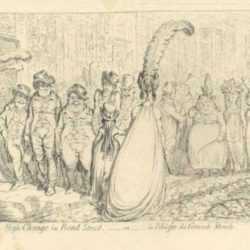
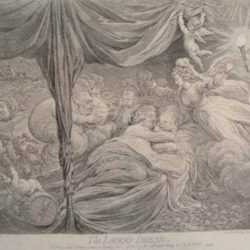
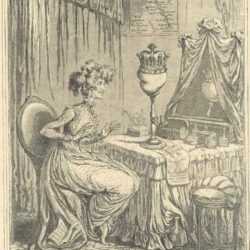
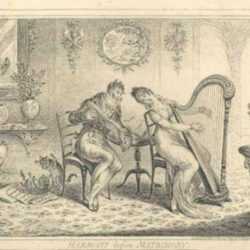
![Painting by Samuel W. Griggs: [Mount Washington Winter Scene], represented by Childs Gallery](https://childsgallery.com/wp-content/uploads/samuel_w._griggs__mount_washington_winter_scene_bb1516-02r_childs_gallery-1-250x250.jpg)
![Sculpture by Theo Ruggles Kitson: Morgan Horse [Victory], available at Childs Gallery, Boston](https://childsgallery.com/wp-content/uploads/theo-ruggles-kitson_morgan-horse-victory_childs_gallery-250x250.jpg)
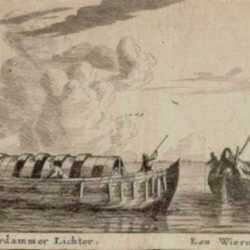
![Drawing by John Raphael Smith: [A Seated Lady], represented by Childs Gallery](https://childsgallery.com/wp-content/uploads/john_raphael_smith__a_seated_lady__cgl54374-9_childs_gallery-1-250x250.jpg)
